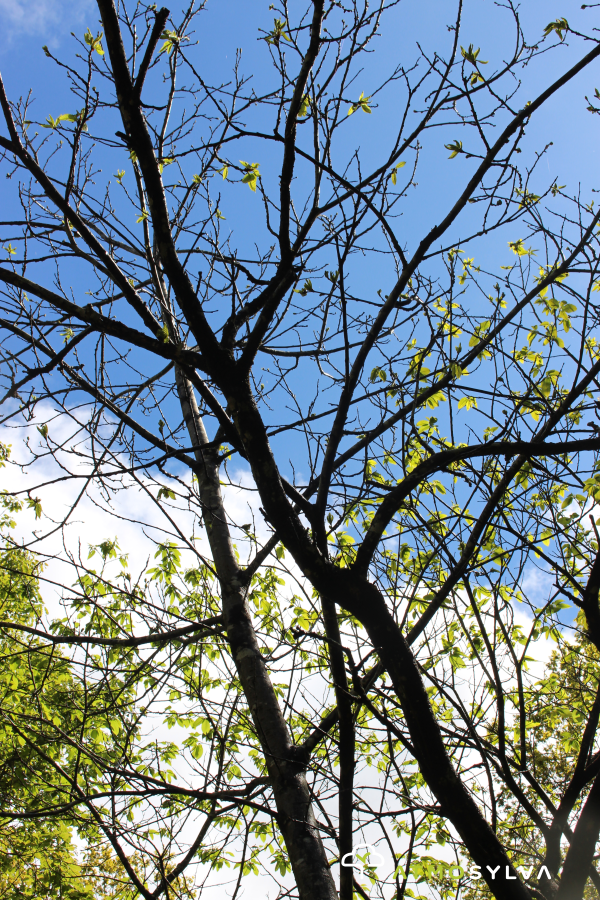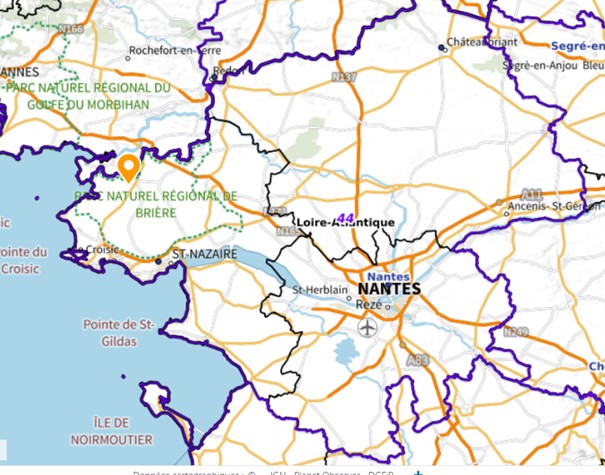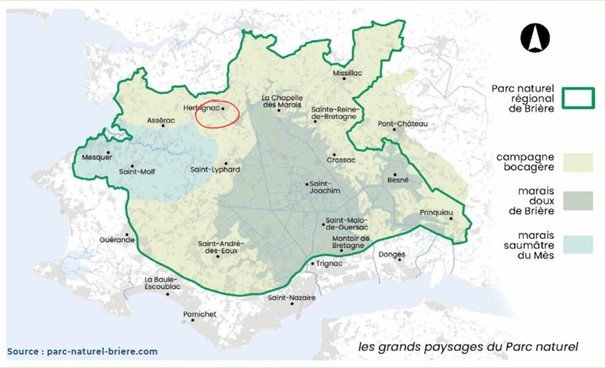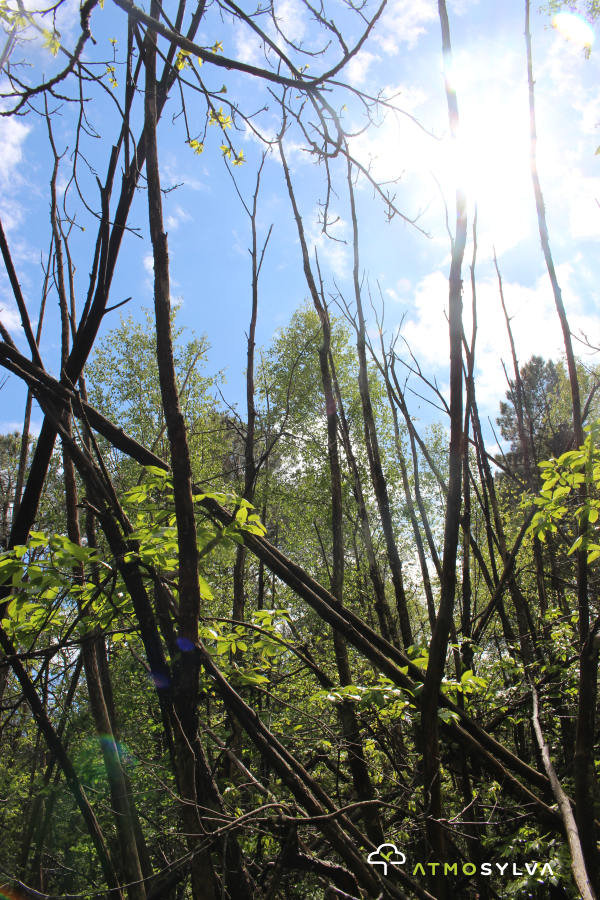Reforestation Herbignac - dieback
The aim of the project is to restore a highly decaying stand of chestnut trees by diversifying the species the species to make the forest more resilient in the face of climatic hazards and disease. The species selected - Maritime Pine, Atlas Cedar, Pubescent Oak and Sequoia sempervirens - are adapted to local conditions and help to limit the spread of fires while promoting biodiversity.
The reconstitution of this forest also takes into account its integration into the landscape, with the conservation of trees of ecological interest and the creation of wooded borders. This project is part of a sustainable management approach, guaranteeing the monitoring and maintenance of young seedlings to ensure the development of a long-term forest stand.
The project is located in the west of the Loire-Atlantique depertment, where forest cover is particularly low (8% compared with an average of 31% in mainland France). The local forests, which are largely dominated by oak and chestnut, are facing severe decay as a result of climate change and pathogens such as Chestnut death. This project therefore responds to the need to restore a declining chestnut coppice by introducing species that are better adapted to current and future conditions.
It is also located in the northern part of the Brière Regional Nature Park, an area characterised by the coexistence of freshwater wetlands and brackish marshes. Shaped by the interplay between the Atlantic and the Mès coastal river, this landscape is influenced both by the salinity of the water and by traditinal uses such as salt harvesting, grazing and peat extraction.
More specifically, the project is located on the wooded plateaux of Nantes, between land and sea, just 7 km from the coast and close to one of the largest marshes in France, the Grande Brière. This context calls for a forestry approach that takes into account the diversity of the surrounding environments and the need to preserve the ecological balance of the area.

Euro Anticorrosion Services
Euro Anticorrosion Services supports the Herbignac reforestation project (44), certified by the Low Carbon Label. This carbon contribution is estimated at a potential 15 tCO2.





